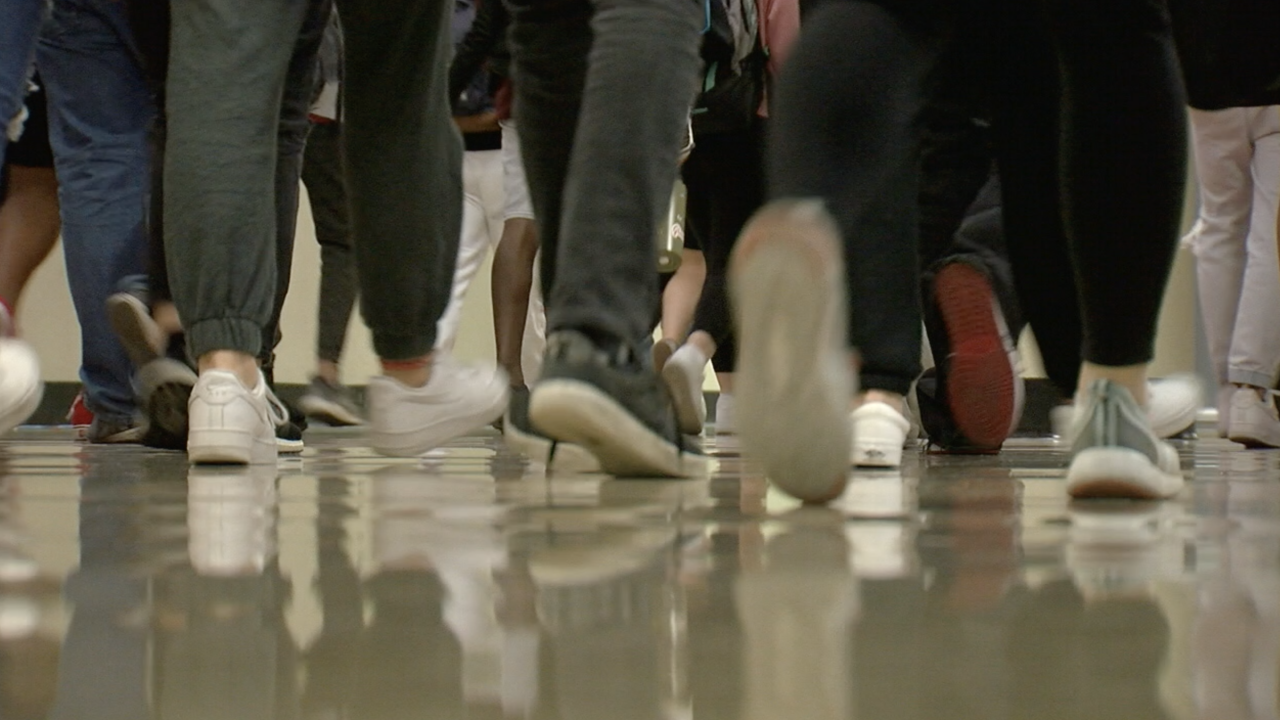DENVER — Results of a statewide analysis released Wednesday found one in four Colorado students missed more than 10% of school during the 2022-2023 year.
Missing 10% or more of school is considered being chronically absent.
Chronic absenteeism has been monitored since the 2016-2017 school year by the Colorado Department of Education (CDE). The 2021-2022 school year saw the highest percentage of students who were chronically absent, and the COVID-19 pandemic played a role in those numbers. Last school year was the second highest number of chronic absences recorded.
“We're definitely still seeing impacts from disruptions from the pandemic," said Johann Liljengren, director of the Dropout Prevention and Student Re-Engagement Office for the state. “Attendance matters for students' success in school. We know that absences can add up over time.”
In the years prior to the pandemic, chronic absenteeism ranged from 18% to 24% of students. Last school year, it was 31% in Colorado. The all-time high recorded during the 2021-2022 school year was 36%.
The improvement between the last two school years is an encouraging sign, but education experts are still concerned.
Kindergarten, 10th, 11th and 12th grades saw the highest rates of chronic absenteeism last year. Certain groups of students also had higher rates of chronic absenteeism:
- English learners (40%)
- Students with individual education plan (IEPs) (39%)
- Students who qualify for free/reduced price lunch (43%)
- Students experiencing homelessness (60%)
- Migrant students (43%)
Moira Casados Cassidy is the vice president of the Denver Classroom Teachers Association (DCTA) and an English teacher at South High School. After teaching for more than a decade, she has seen the systemic challenges that face many students when it comes to attendance.
“It's not that students don't want to come to school. It's not that they don't care about school. Nine times out of 10, it's because students are having issues in their home life, issues of transportation, health care, housing, trying to help their family make ends meet," said Casados Cassidy. “Issues that are really related to inequality in our community, and kids not having the resources they need... Students and families are really trying to get their kids to school, but for whatever reason, life is intervening. And I think as an educator, it's tragic. You feel really helpless.”
Casados Cassidy said the root issues that lead to chronic absenteeism cannot be solely solved within a school. However, she does believe more resources on campus can help students who need it.
“If we had actually adequate staffing in terms of our wraparound services, I think it would make a huge impact in helping these kids who really need it... We need more mental health professionals. We need better access to transportation. We need the opportunity to provide more wraparound services to students who are struggling, counselors who can connect with families who can go on home visits, social workers who can figure out how to get people food, how to get jobs," said Casados Cassidy. “In most cases, parents and kids both want to be in school, and if they're not in school, there's something serious happening at home that we need to address.”
The majority of absences in 2022-2023 were excused and likely health-related. The Colorado Department of Public Health and Environment (CDPHE) has guidance for parents explaining when children should stay home from school.
CDE cited research that shows missing 10% of school or more can lead to difficulty learning to read by the third grade and issues graduating high school.




